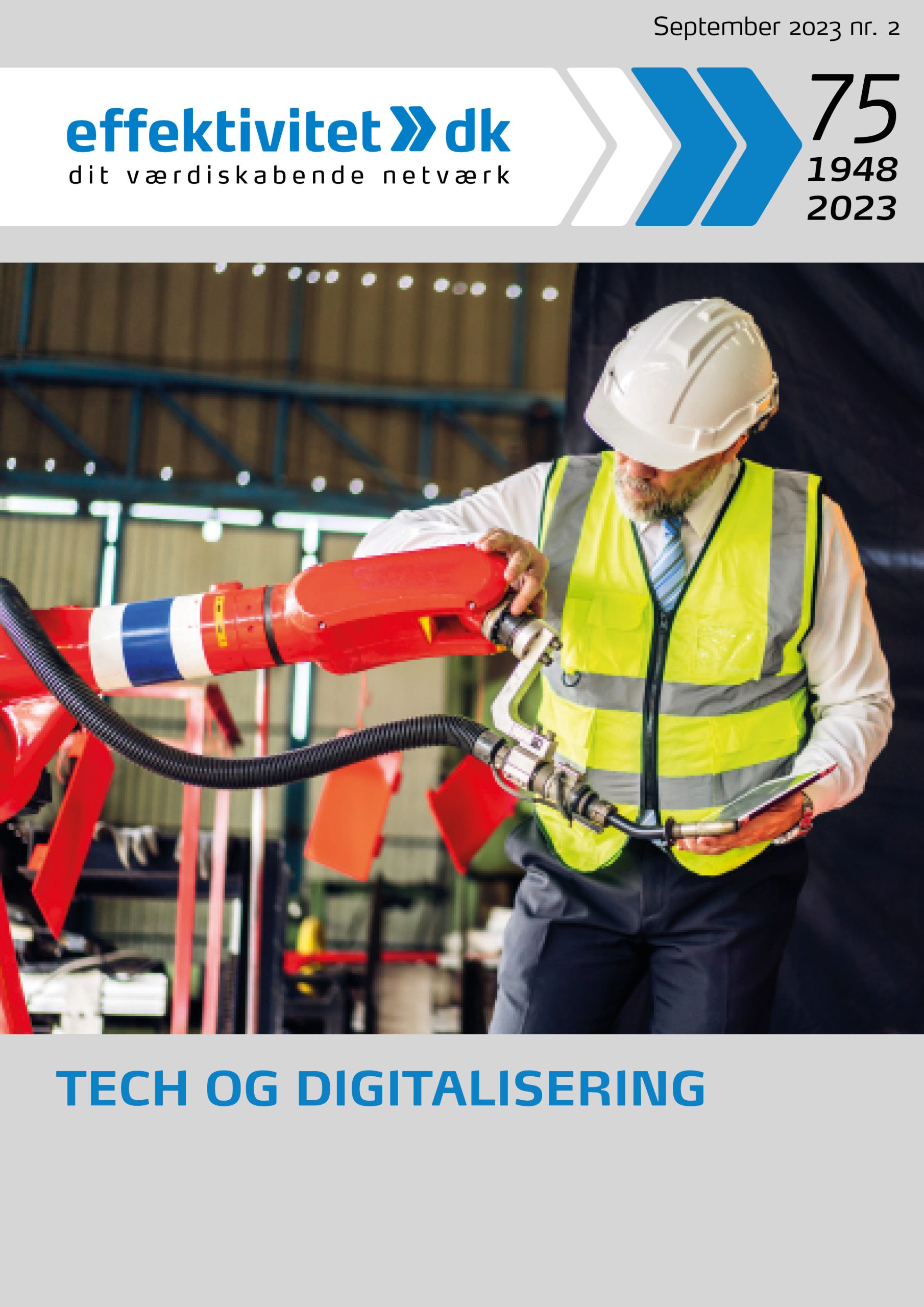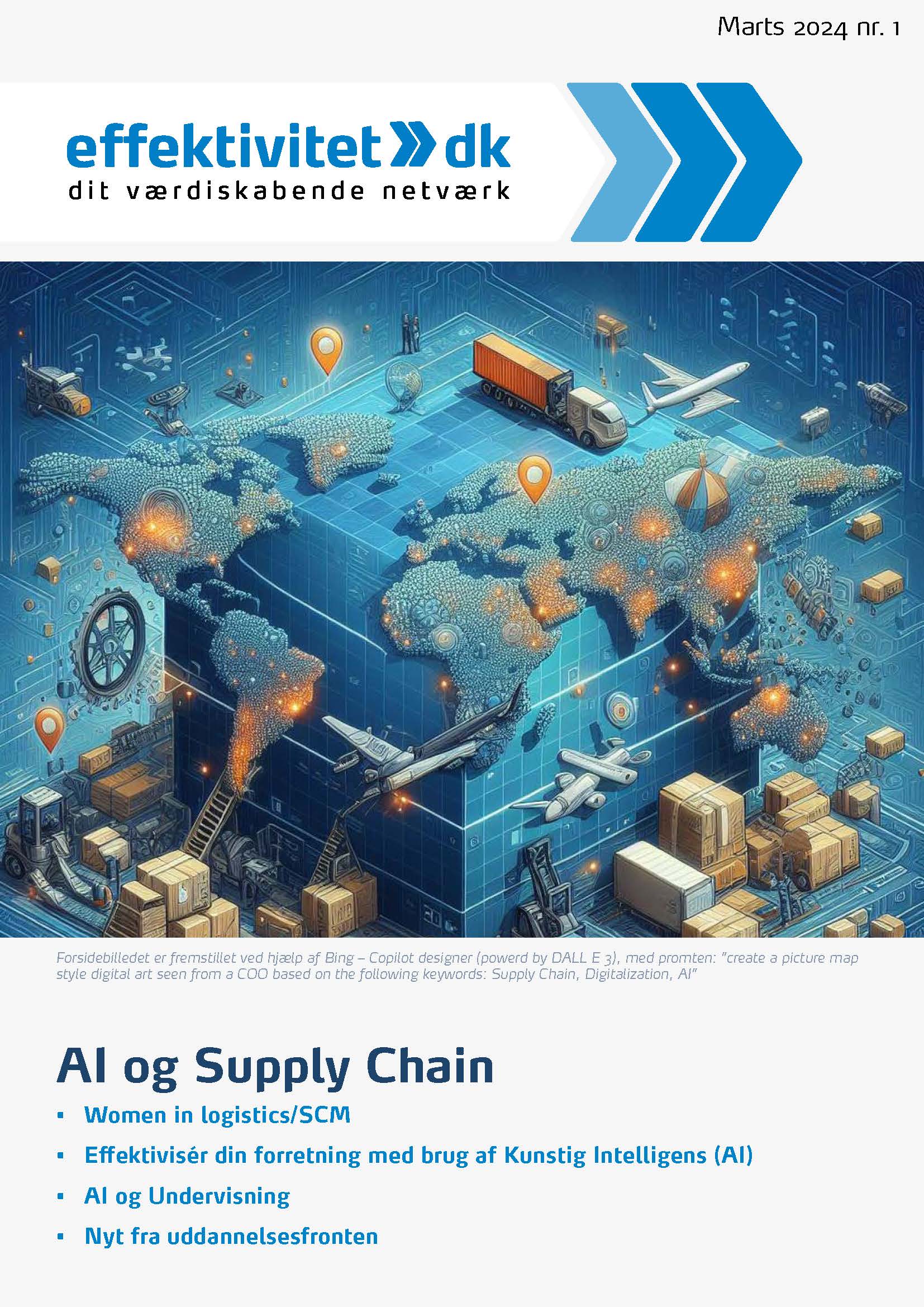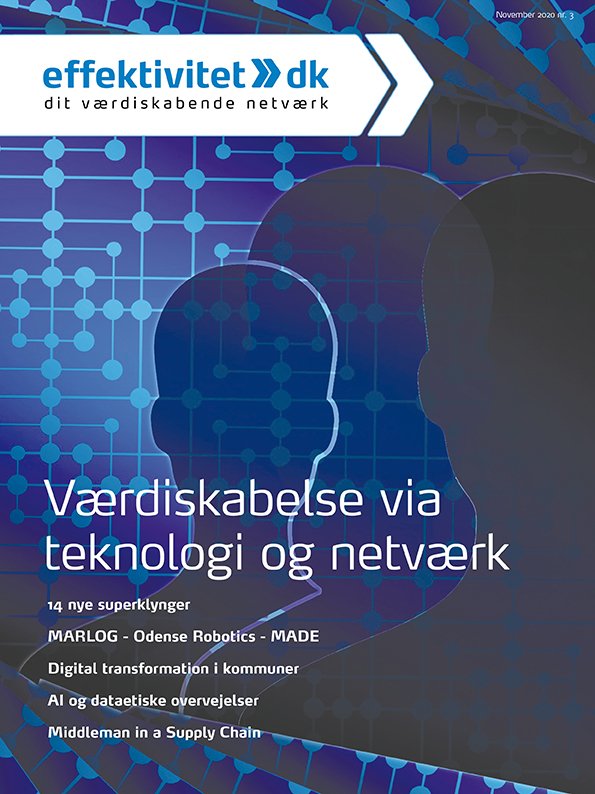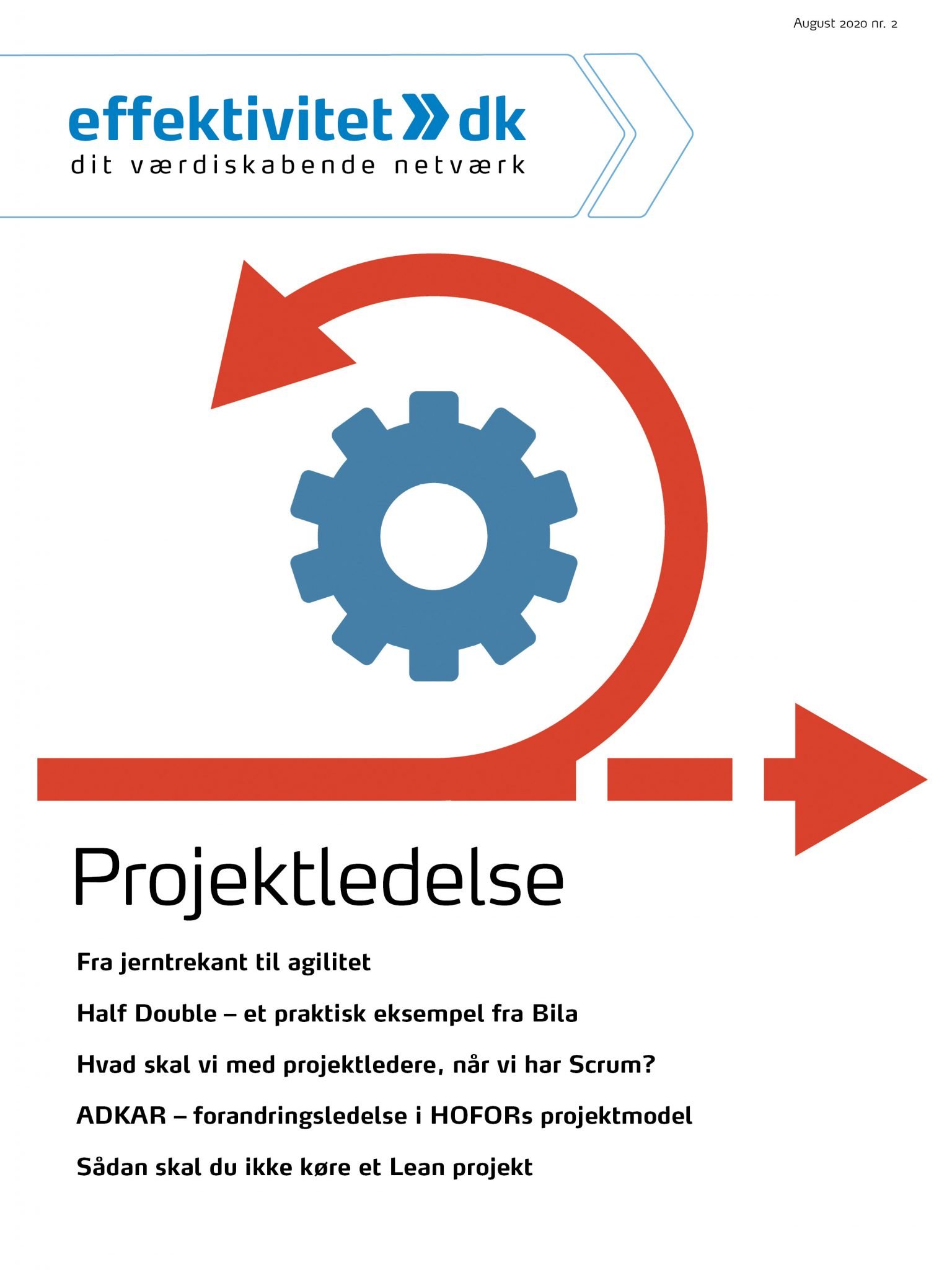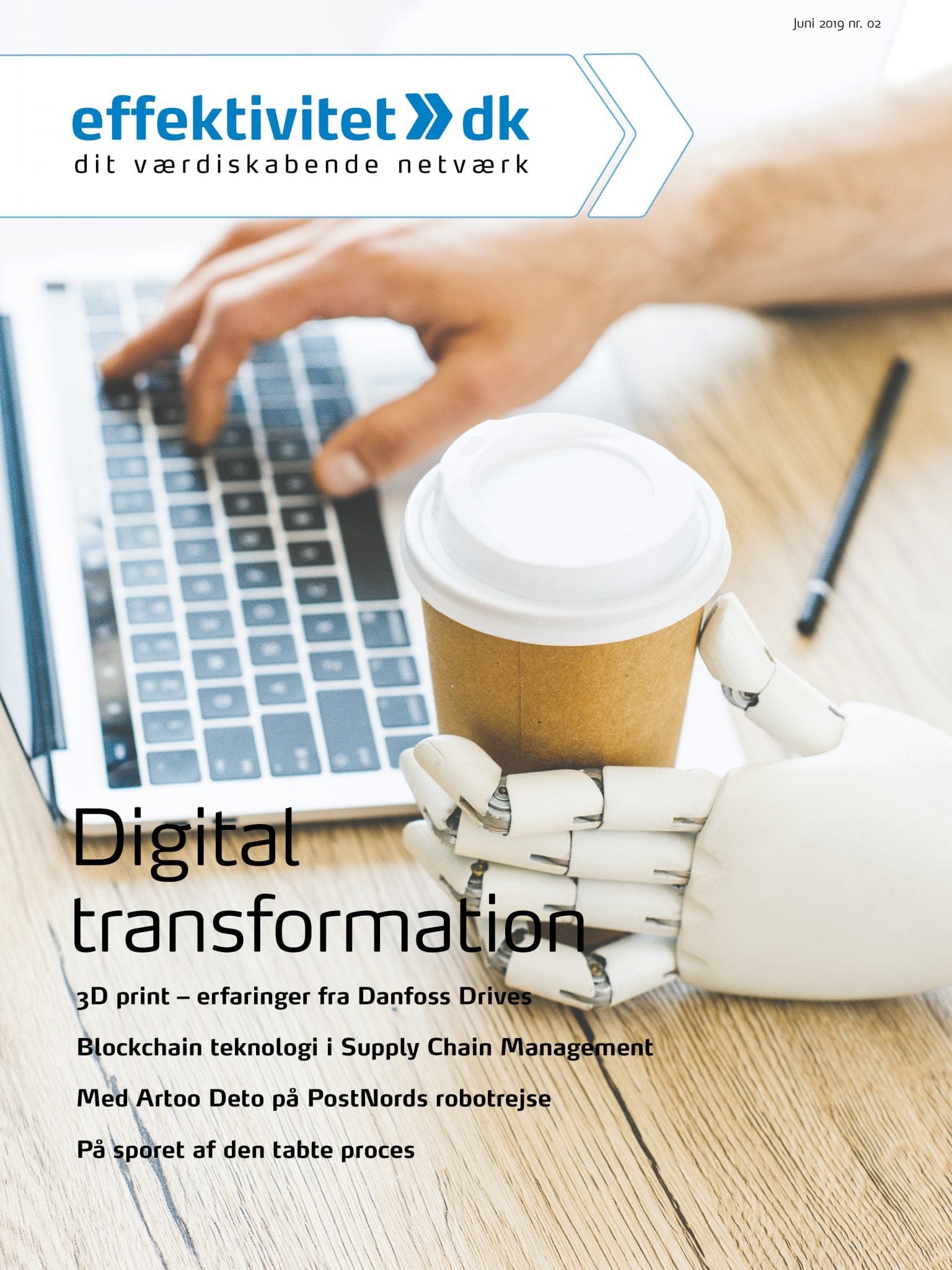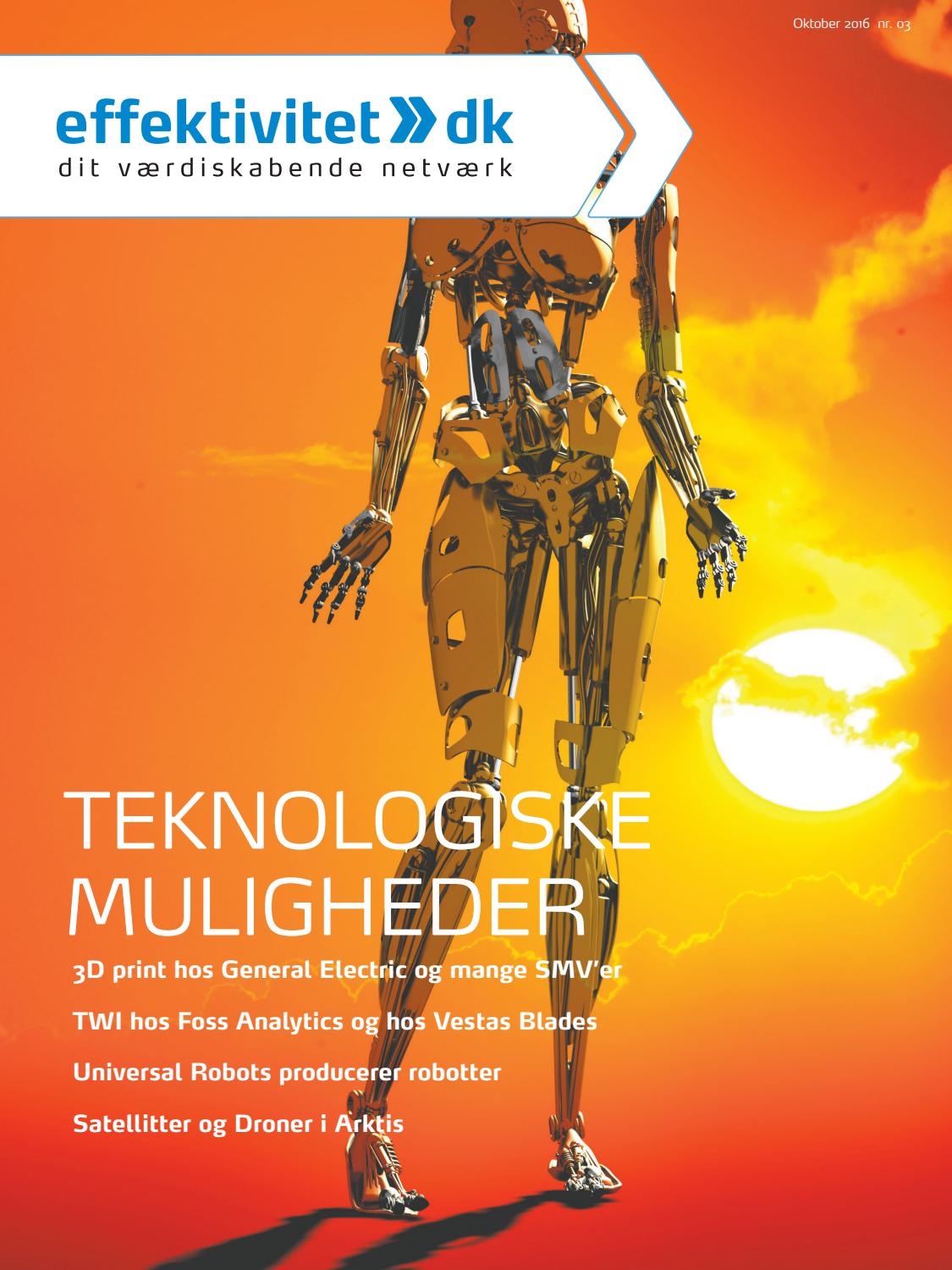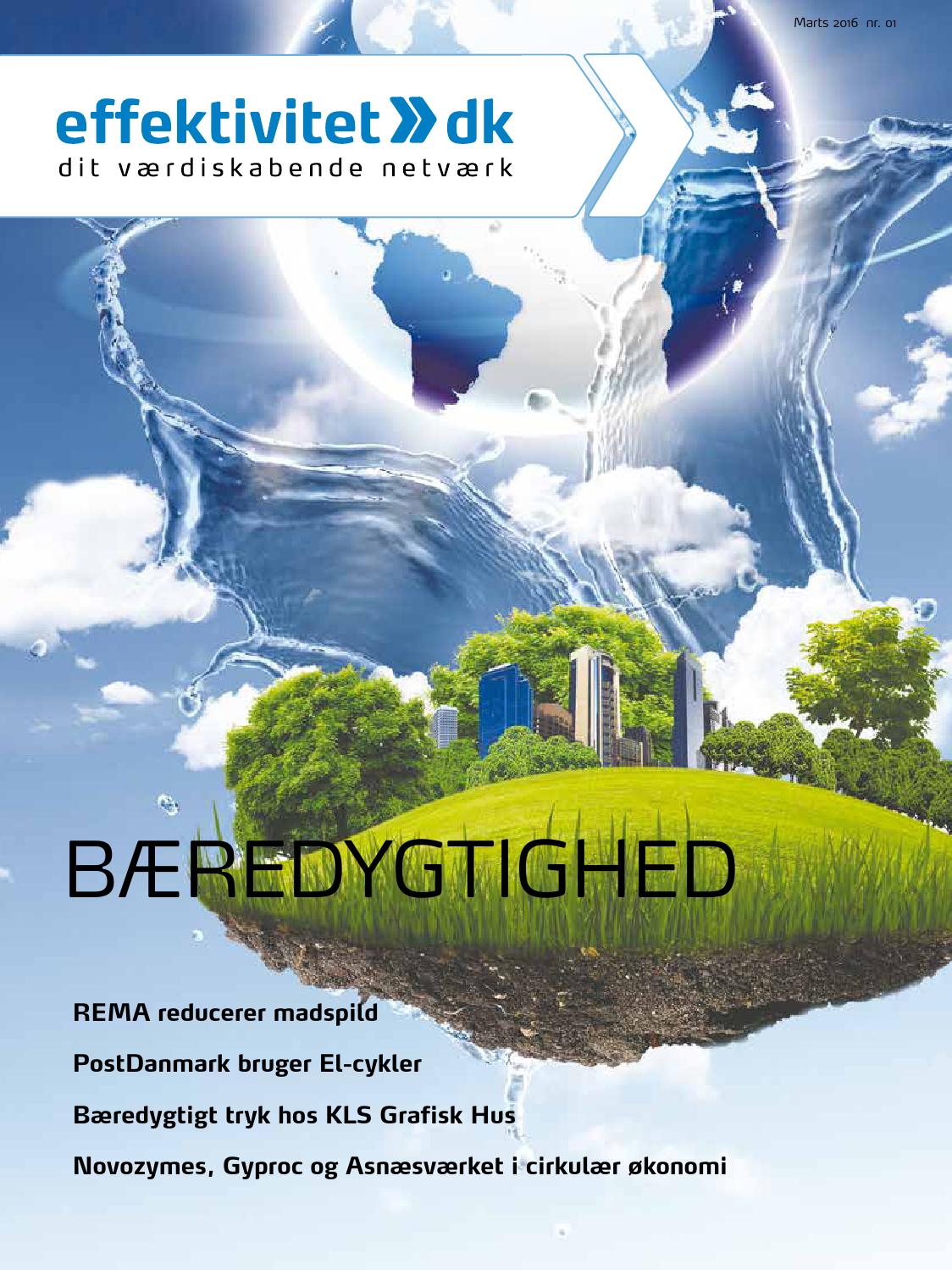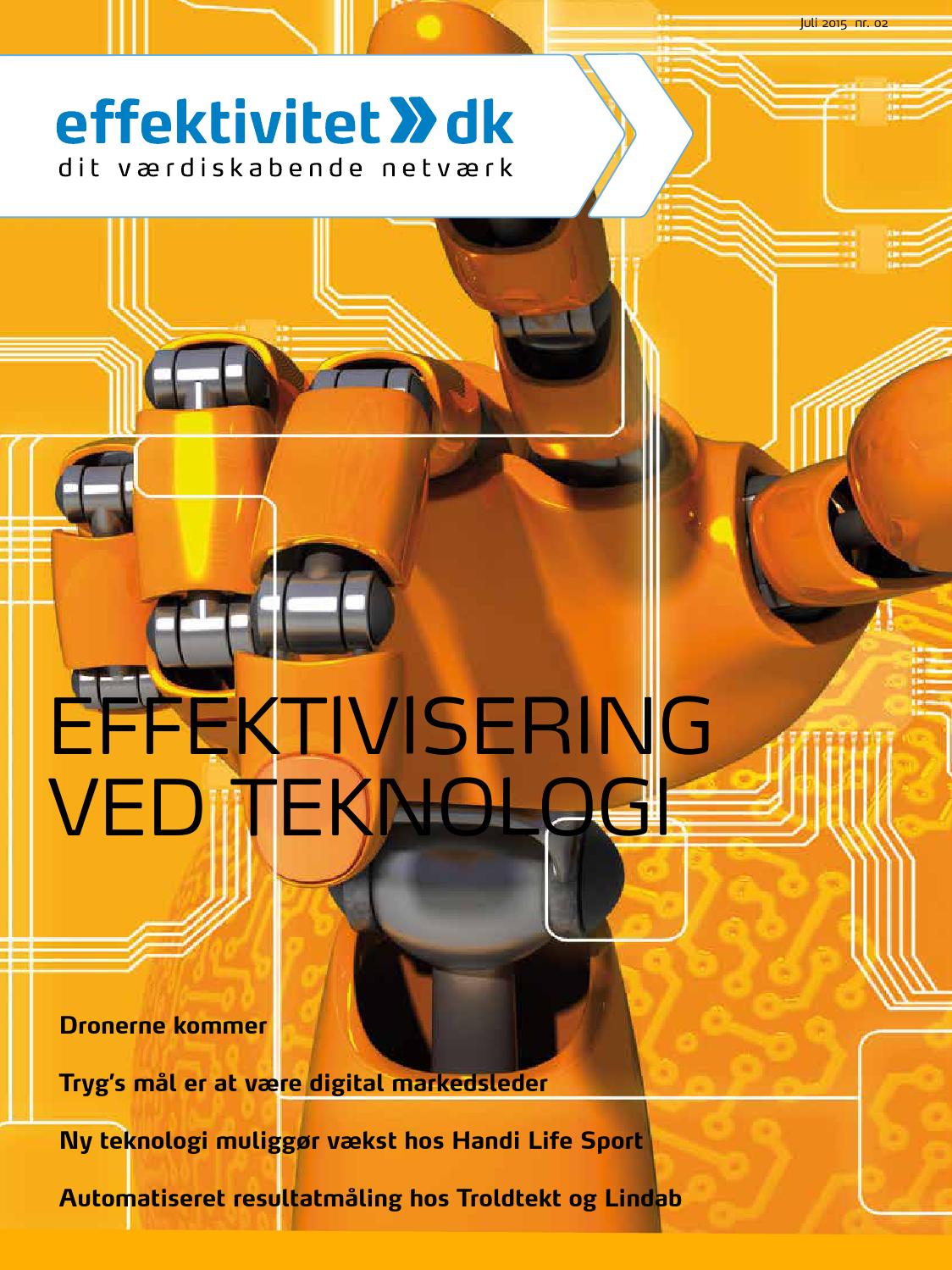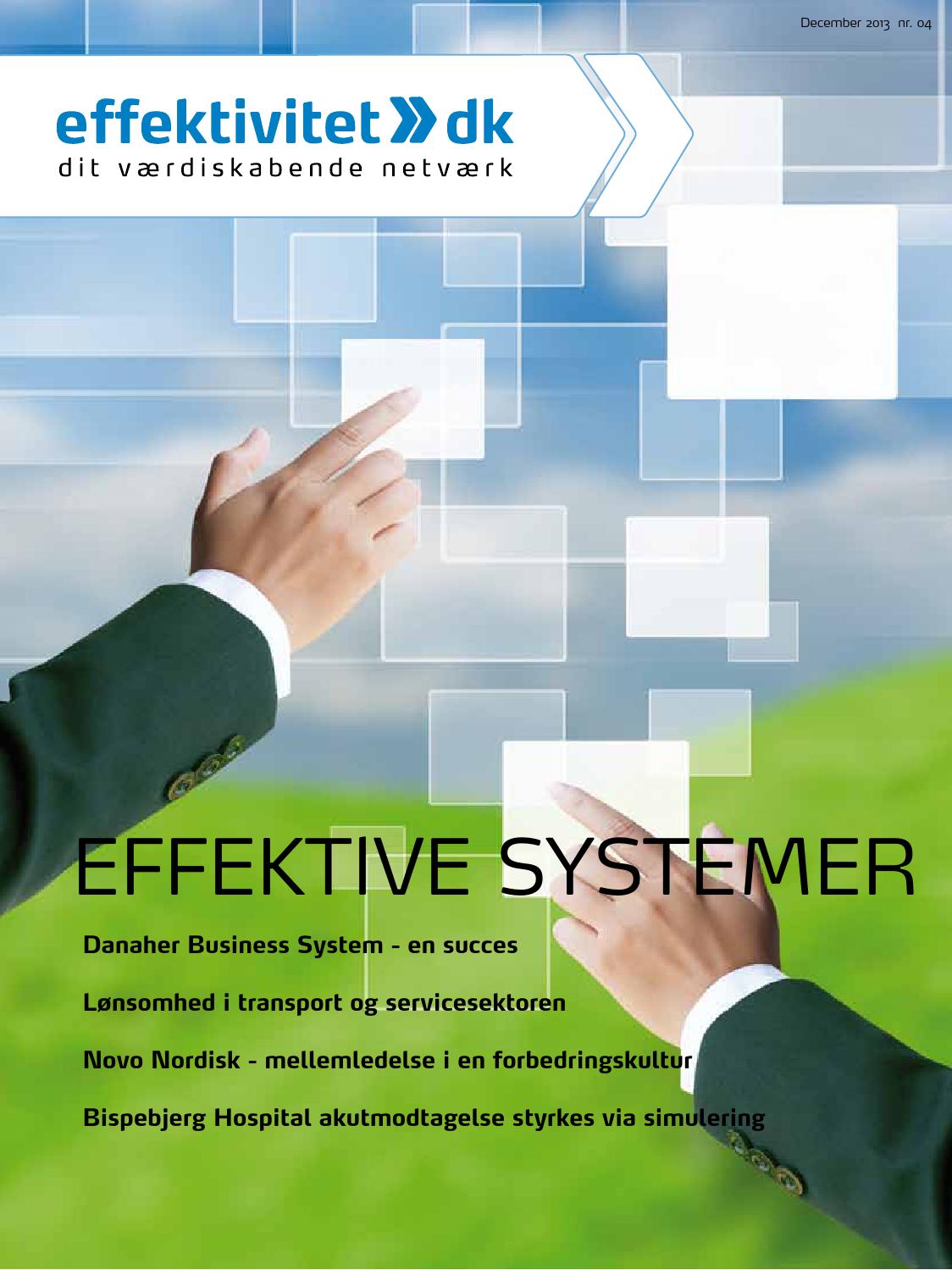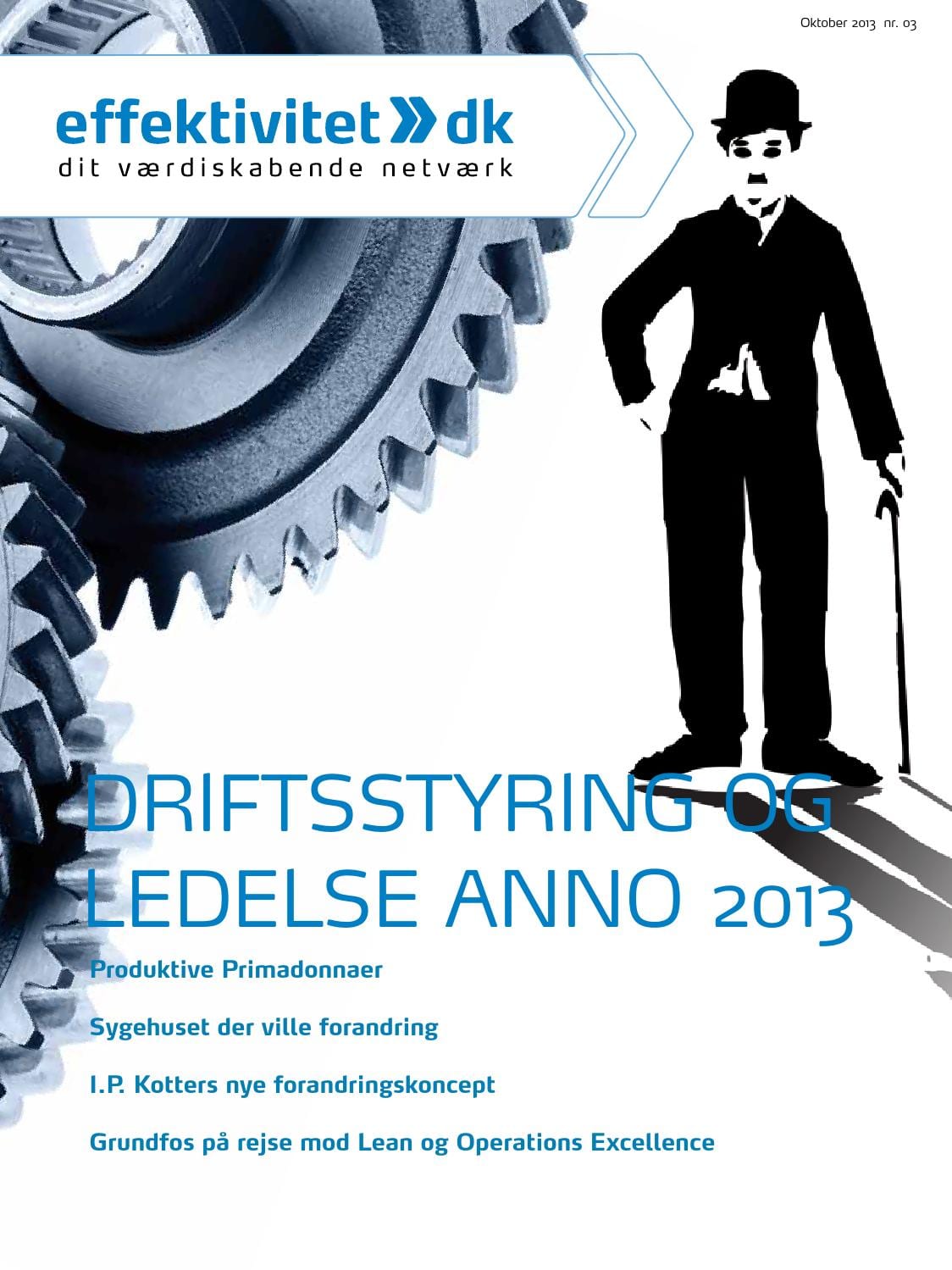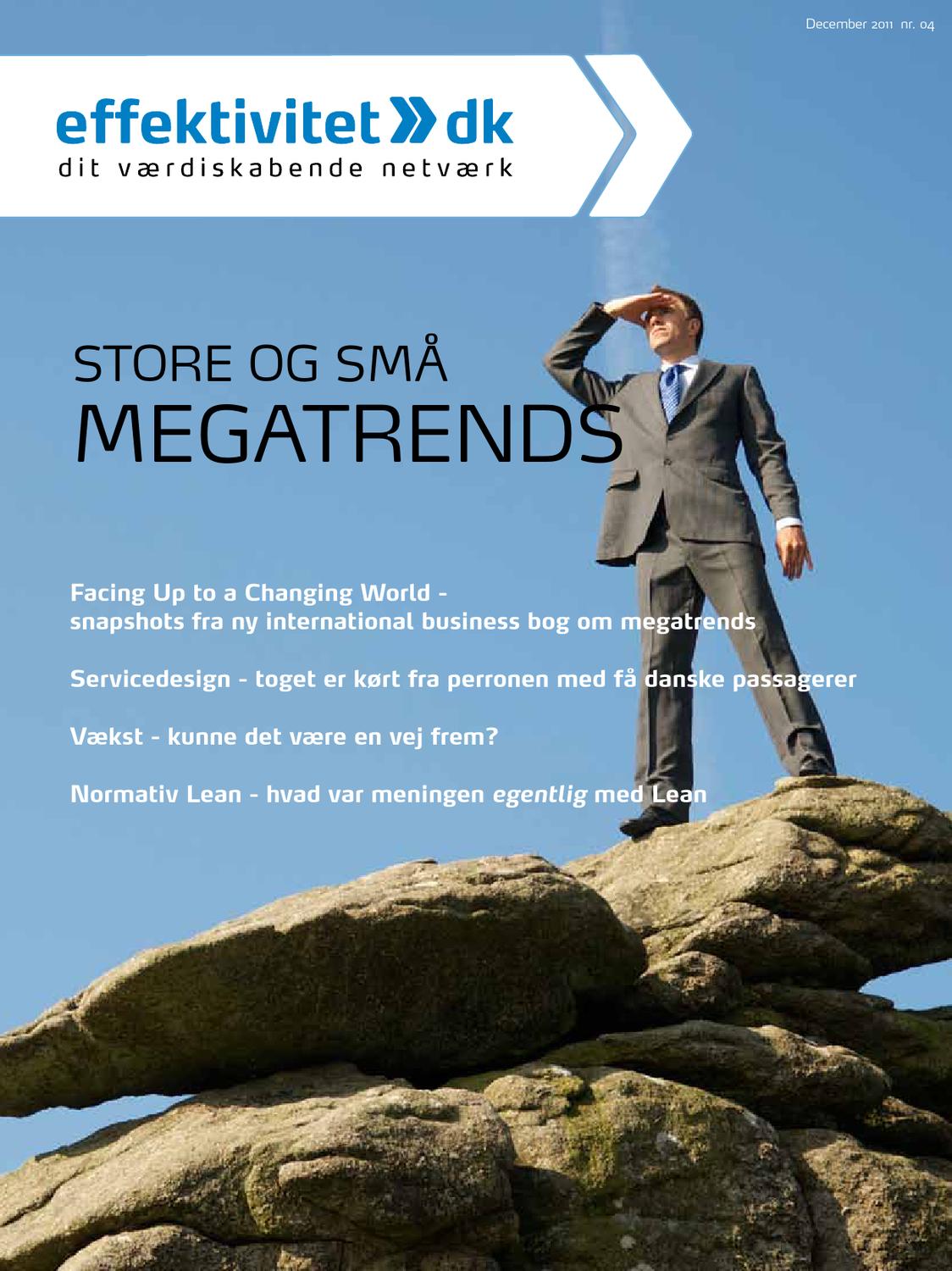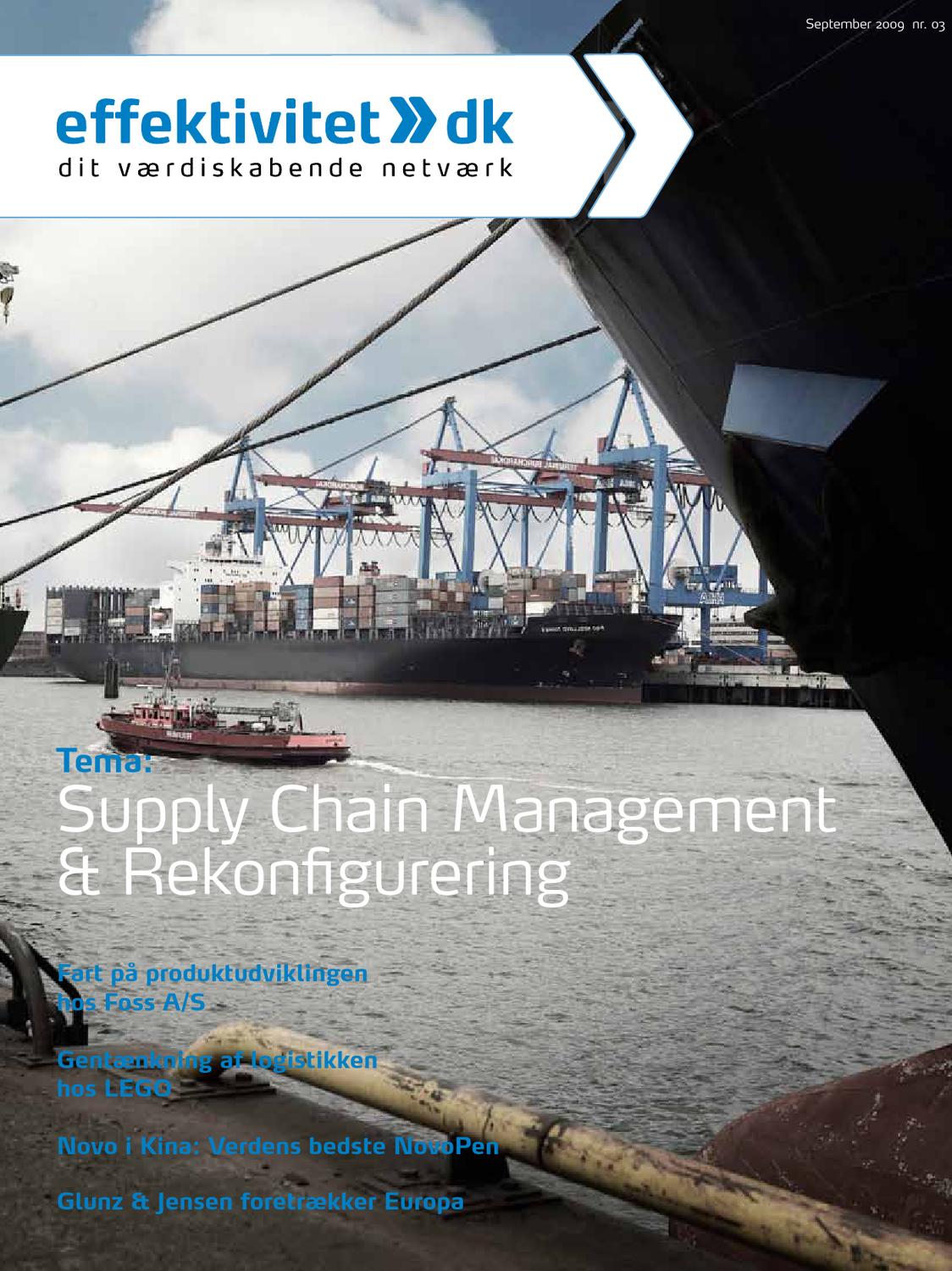How digital technologies can become an anchor on the regenerative journey
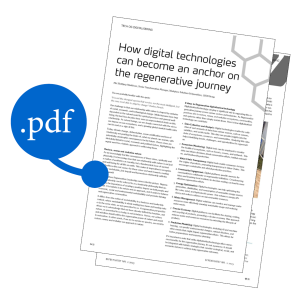
You are probably familiar with the quote:
“It is not the strongest species that survive, nor the most intelligent, but the ones most able to adapt to change” Charles Darwin.
Our challenge is that our relationship with nature is shaped by centuries of social, economic, and technological change. While humans have long depended on the natural world for spiritual practices and general well-being, the last few decades have seen an unprecedented strain on this relationship. As natural beings, we are deeply connected with the stress we impose on our ecosystems, and a growing global mental health crisis can be read as a sign of this.
Today, climate change, deforestation, ocean acidification and loss of biodiversity are pushing the limits of, what our planet can sustain, with potentially catastrophic consequences for the future. These crises are intricately linked to social, economic and political factors, highlighting the urgent need for a holistic approach to addressing them.
Restore, renew and revitalize nature
As we increasingly feel the consequences of these crises, spiritually and physically, it is becoming clear that our relationship with nature is not just a matter of aesthetics or morality, but a fundamental issue of survival and well-being for all life on earth. This makes it imperative to recognize and address the root causes for these crises and work towards creating a more sustainable, just (equal) and harmonious relationship with the natural world.
This is where Regenerative Leadership comes into the picture. Regenerative leadership can be referred to as a leadership philosophy that underlines the importance of creating a positive impact on both people and planet. It is holistic in its nature and an approach, and it seeks to balance economic, social and environmental sustainability and promote thriving and regenerative communities.
It differs from the notion of sustainability in a business and leadership context, where sustainability is about making less harm and leaving nature in the same state, as was presented to us. A regenerative perspective allows us to acknowledge that we have already shifted the baseline, and nature, as presented to us today, is not in balance. Hence, our actions and activities should add to the regenerative power of nature and assist in restoration. In other words, if we are to survive as species, we need to restore, renew and revitalize our approach to nature.
8 ideas to Regenerative digitalization/technology
Digitalization/technology can play a significant role in supporting the regenerative journey across various sectors and industries. As Regenerative practices aim to restore, renew, and revitalize ecosystems, communities, and systems rather than simply sustain them. Here is how digitalization/technology can contribute:
- Data Collection and Analysis: Digital technologies enable the collection of vast amounts of data from various sources, such as sensors, satellites, and social media. This data can provide insights into the state of ecosystems, resources, and communities. Analyzing this data helps identifying trends, challenges, and opportunities for regeneration.
- Ecosystem Monitoring: Digital tools can be employed to monitor the health of ecosystems, such as forests, oceans, and wetlands. This data can inform decisions about conservation efforts, habitat restoration, and biodiversity protection.
- Value Chain Transparency: Digital tools enable consumers to trace the origins of products, promoting transparency in Value Chains. This encourages sustainable and ethical production practices.
- Community Engagement: Digital platforms provide avenues for communities to collaborate on regenerative initiatives. Crowdsourcing ideas and involving local residents in decision-making can lead to more effective regeneration efforts.
- Energy Optimization: Digital technologies can help optimizing the generation, distribution, and consumption of renewable energy sources like solar, wind, and hydroelectric power. This enhances energy efficiency and reduces reliance on non-renewable resources.
- Water Management: Digital solutions can monitor and manage water resources more effectively ensuring sustainable usage and reducing water waste.
- Circular Economy: Digital platforms can facilitate the sharing, renting, and recycling of products, promoting a circular economy. This approach reduces waste and conserves resources by extending the lifecycle of products.
- Predictive Modelling: Digital technologies, including AI and machine learning, can predict environmental changes, natural disasters, and other events that might impact regeneration efforts. This allows for better preparedness and response planning.
It’s important to note that while digitalization/technology offers numerous benefits for the regenerative journey, it’s not a panacea. It should be integrated with holistic strategies that consider ecological, social, and economic factors to achieve truly regenerative outcomes.
Vivobarefoot – a Regenerative case of anchoring technologies
Vivobarefoot is an award-winning, fast-growing B-Corp operating company that works globally. The company was started in 2012. It has around 100 employees, has its base in the UK, and has a revenue of 50M GBP (2019). It is on a mission, a purpose, which is to reconnect people to the natural world by developing regenerative footwear and experiences that bring people closer to nature and natural health. The global footwear industry is characterized by exploitative employment, poor environmental practices, and a lack of transparency across its many tiers of suppliers and factories.
When they embarked on the regenerative journey they were thinking: ”How can we get away from just growing yet another business, delivering more stuff through more stress, in an over-polluted world”. Instead, they were wondering: ”How can we as a business make money by solving problems rather than creating them.”
They say: ”Vivobarefoot isn’t just about doing less bad. Instead, we want our footwear and how we do business to do more good. Every time we make and sell our footwear, we want the world to step towards a better place” (Vivobarefoot annual report 2021)
Interestingly they work with digital technologies in several ways:
Collaboration with the wider ecosystem
Manufacturing best practice is characterized by strong, long-term relationships with the Value Chain partners, as well as a fully transparent Value Chain from farm to factory. They never compromise standards on regeneration or transparency for commercial gains. Also they have set up processes to track environmental and social impact across all Value Chain partners to reduce the impact as far and as fast as they possibly can.
Working towards 100% transparency
They want to be able to fully trace their naturally tanned regenerative leather. They are hence rolling out a “Clean Chain” initiative and are collecting transparency data all the way back to their raw material suppliers. It will allow them and their stakeholders to evaluate real-time progress critically. They want to achieve 360-degree transparency across the entire Value Chain, from raw material to finished product.
3D Printing
They have also created VivoBiome, which they call ”the future of regenerative footwear.” This is not just about 3D printing your next shoe. They vision this as a democratized circular system with people and planetary health at the center.
Most shoes separate us from the ground beneath while obstructing our natural movement and stealing our natural strength, balance, and mobility. Conventional shoes are overdesigned and don’t fit. They are made in long, complex Value Chains creating vast volumes of pre-production waste, plus a finished product that is barely worn before it’s destined for the landfill. The below picture (figure 1) from the Biome exhibition at Cop26 in Glasgow shows how the foot is scanned.

Figure 1: Showing how a foot is scanned for 3D-print (Vivobarefoot Annual report 2021)
Summing up we could conclude, that if you are about to embark on the regenerative journey, then you should make your digital/technology anchor in the transformation. Human activity has pushed the planet outside a “safe operating space”. It is time for you to act to ensure the long term survival of your company. What is your next step going to be on the regenerative journey?



